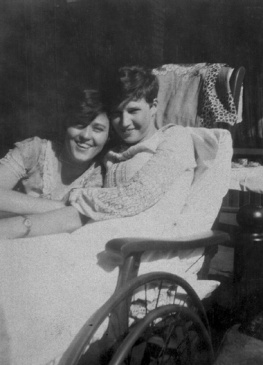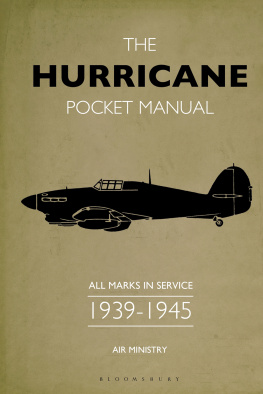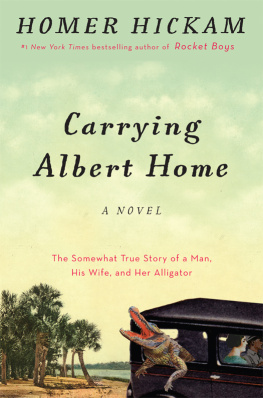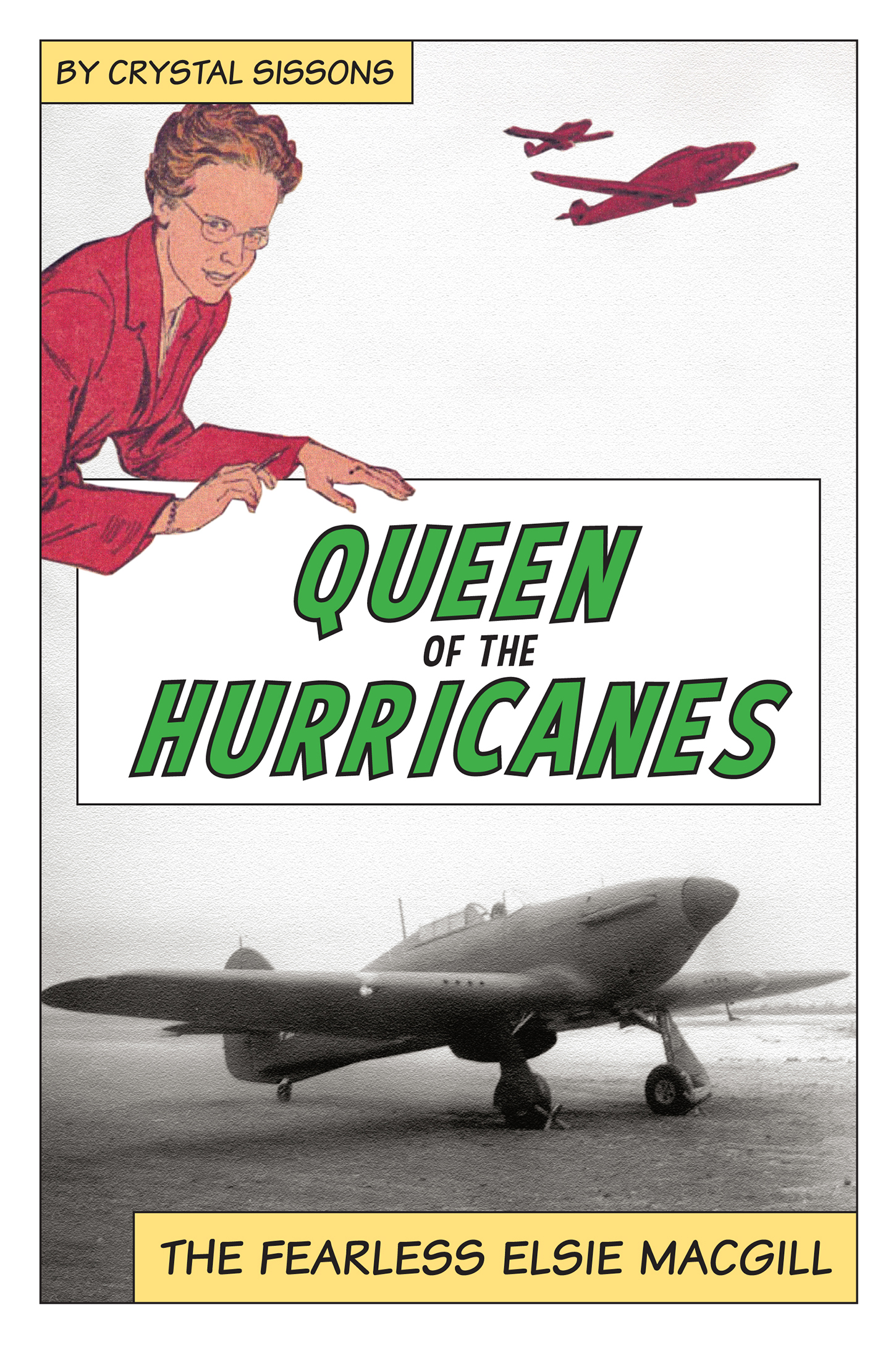The copious footnotes supporting the authors extensive research for this biography of Elsie MacGill can be accessed online at:
PREFACE
Here is a book that has been badly needed if we are to understand the nature of the womens movement of the 1970s and 1980s and a woman who inspired much of the change in the status of women before and after those years.
Elsie Gregory MacGill was a public figure when I moved to Toronto in 1967. Her mother had been a very famous person in my childhood years on the west coast of Canada, but I had not met either of them in person.
In muggy late August of 1968 at the American Sociological Association meetings in Boston, I met Helen MacGill Hughes, Elsies sister, a well-known sociologist married to an even better known sociologist, Everett Hughes. There is something special about the people who grow up on the British Columbia coast, and I recognized this in Helen at once we clicked. Helen was committed to helping women in sociology as well as more generally. She sent me her unpublished papers and we kept in touch now and then. She had the low-key manner, sense of irony, humour, energy, and drive that I associate with people from the coast.
Had I met Elsie? Helen wanted to know, and was surprised I had not. Elsie was then serving on the Royal Commission on the Status of Women. She was working extremely hard at that and travelling across the country extensively. I was moving to Princeton for my doctoral studies and was not often in Canada. We must have met at some time during those years because when I returned to Toronto in 1971 we most certainly had been introduced. Elsie had all those great British Columbian characteristics combined with long years in the tough engineering world of Ontario.
My first clear recollection is of Elsie at the April 1972 founding meeting of what became the National Action Committee on the Status of Women ( NAC ) in the King Edward Hotel on King Street East in Toronto. Members of all the major womens organizations and from the early womens movement had come together in the wake of the Report of the Royal Commission on the Status of Women in Canada. The question for all of us was how to get the recommendations of that report implemented at the federal level. Already the recommendations directed to the provinces and municipalities were taken up by provincial organizations, including some of the well-established Council of Women groups and the newly formed feminist groups. In that Strategy for Change Conference were women from a very broad range of backgrounds unions, business, religious groups, political groups, arts, local community groups, and well-established womens organizations. Elsie had been the national president of the Business and Professional Womens Clubs and as I recall she was there in that capacity. She was in the thick of things.
It was Elsies custom to write out often in green ink recommendations and notes on what should be done. She was very focused on ensuring that the work of the organization being formed should be effective. The grand gesture was not for Elsie. She was not opposed to demonstrations and picket lines if they had a chance of succeeding, but took much more pleasure in seeing women helped, their rights enshrined, and their opportunities opened up. Pie-in-the-sky resolutions brought her to the microphone to try to bring them into some shape that would actually go through the political and legislative processes of the nation.
Elsie knew those processes much better than most people, had studied them, and was interested in results in law and, even more, in regulations that would translate the ideas into action. Elsie had an astute and critical view of the legislative process. The only other person I worked with who was this knowledgeable outside Parliament was Eugene Forsey, another great quiet reformer. Elsie was not a political party person but got on well with individual Members of Parliament in all parties. She was particularly interested in Deputy Ministers and women in the federal public service who had the knowledge and skills to get things done. She went out of her way to meet these women, get to know them, and be able to call them up to try to influence them. No doubt she did.
In 1975, I was elected president of the National Action Committee on the Status of Women at a convention in Winnipeg. The first president (197274) had been Laura Sabia, a charismatic leader with a particularly effective style that intimidated many people and brought joy to our hearts. The second president was Grace Hartman, a deeply influential union leader who had to resign after one year when she was elected National President of Canadian Union of Public Employees, which required all her attention. Laura was a Conservative, Grace was New Democratic Party, and I was a Liberal, which no doubt contributed to my election. We had set out to cover the bases. We were aiming for major legislative changes.














